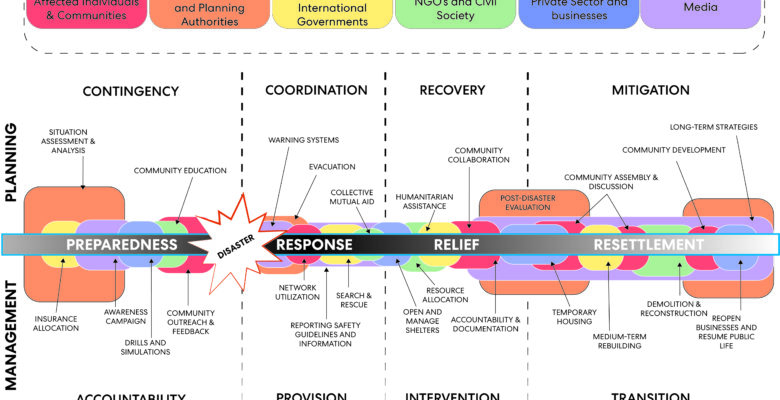Climate change projections indicate an imminent surge in both the frequency and severity of natural disasters. The United States especially has experienced a 154% increase in the occurrence and cost of disasters.1 The Pacific Northwest faces an impending catastrophe with the anticipated Cascadia Subduction Zone Earthquake, poised to affect 7 million people across 140,000 square miles, including major urban centers like Seattle, Portland, and Vancouver BC. Government readiness is still falling short of the monumental challenge. This article explores leveraging Artificial Intelligence (AI) and smart technologies to revolutionize disaster preparedness and mitigation efforts. A responsible approach to this technological augmentation builds resilient communities. Urban planners and other designers have a unique opportunity to capitalize on natural disasters as catalysts for a sustainable reimagining of a city and to enhance the quality of life in their communities. This article delves into potential strategies for integrating AI into disaster management protocols and potential methodology for incorporating AI into the mitigation efforts for the Cascadia Earthquake. By elucidating innovative approaches to disaster management, this article endeavors to inform policymakers, urban planners, and technologists about harnessing the transformative potential of AI for resilience in the climate crisis, thus ensuring long-term sustainability and safety for affected communities.
This article originally appeared in Vol 16.01 of the Perkins&Will Research Journal. CLICK HERE to see the whole article.

